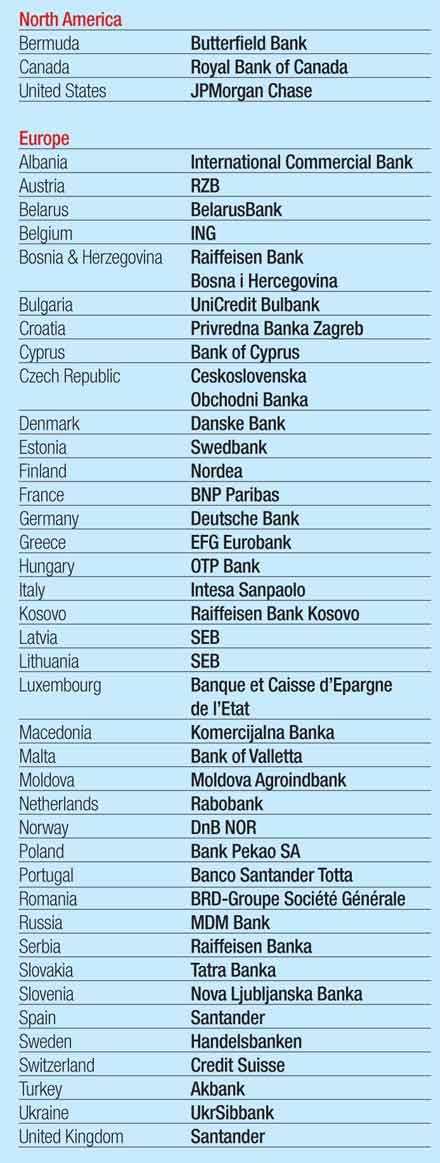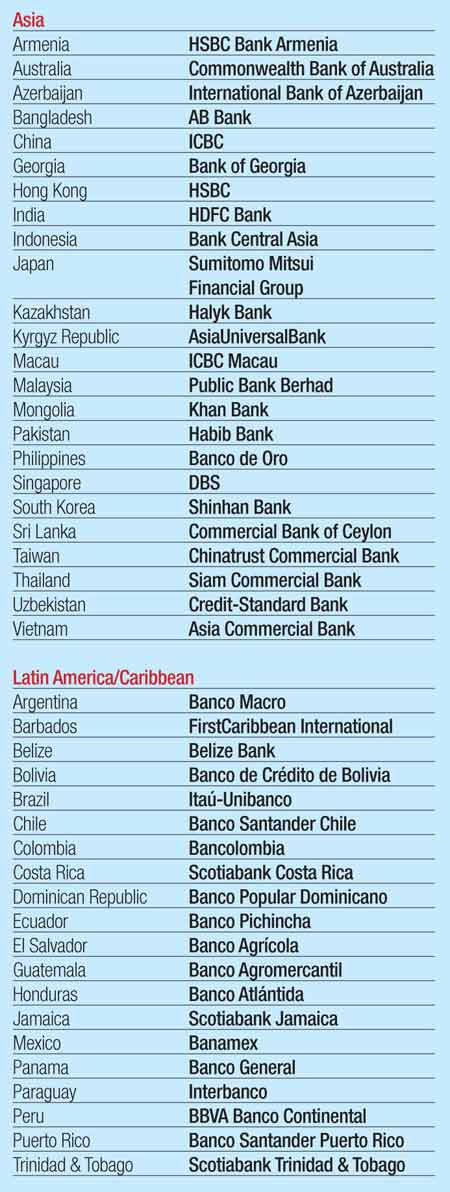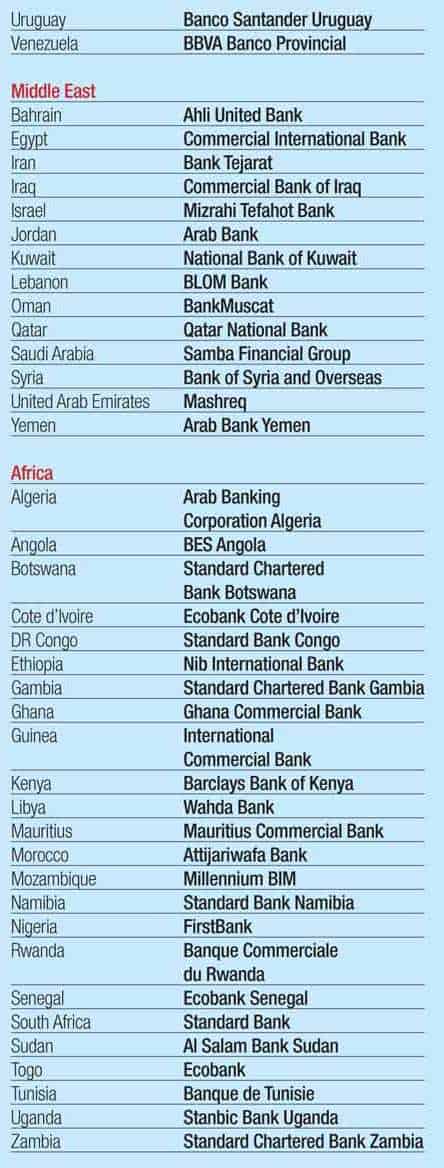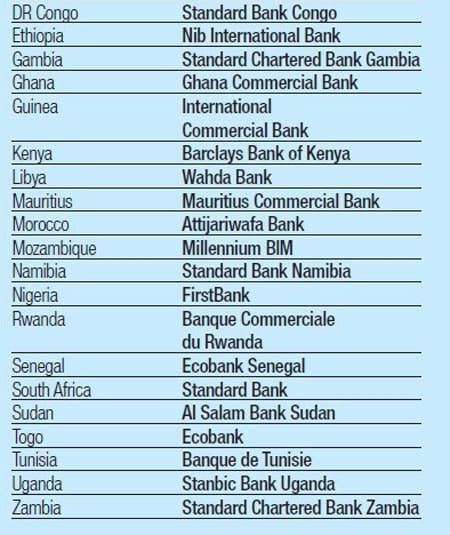COVER STORY: ANNUAL SURVEY – WORLD’S BEST BANKS 2010
By Gordon Platt
Global Finance unveils its annual list of the best banks globally, regionally and by country.

Investors, depositors and corporations are concerned about the health of banks in Europe and elsewhere around the world, as strains in the global financial system persist. Meanwhile, regulators are preparing to implement new rules designed to prevent future financial crises prompting concerns that greater regulation will further depress lending and bring higher costs for bank customers, including consumers and businesses.
Not all banks are dysfunctional, however. Many of the biggest global banks reported strong quarterly profits in the second quarter of this year, reflecting the benefit of reductions in loan-loss reserves, as the financial health of the companies that borrow from them improved along with the global economy. These banks are beginning to increase their lending and to raise capital for their clients. Nevertheless, they are also maintaining very high levels of liquidity, which could limit future lending.
Banks with a focus on Asia, Latin America and other fast-growing emerging markets are doing relatively well, as the growing economies lift all ships. The developed markets are continuing to struggle, however, with signs that resurgent economic growth is tailing off again. Ironically, the Federal Reserve’s decision to keep interest rates at virtually zero since September 2008 has squeezed banks’ income from lending. Most banks are continuing to shrink their balance sheets, and many smaller banks are getting into trouble. The number of so-called problem banks in the US rose to 829 in the second quarter, an increase of 54 from the previous quarter, according to the Federal Deposit Insurance Corporation.
 While overall banking industry profits in the US have returned to pre-crisis levels, the share prices of many big banks remain below book value. Many leading bankers are confident in their business models, however, and are continuing to invest in infrastructure and staff to be able to provide the quality of services demanded by their customers. They are investing now to gain market share and take advantage of long-term opportunities.
While overall banking industry profits in the US have returned to pre-crisis levels, the share prices of many big banks remain below book value. Many leading bankers are confident in their business models, however, and are continuing to invest in infrastructure and staff to be able to provide the quality of services demanded by their customers. They are investing now to gain market share and take advantage of long-term opportunities.
The more innovative bankers are designing new products to help their clients satisfy their capital markets needs and creating globally integrated platforms that improve operating efficiencies. They are listening to their customers and responding with services that meet their clients’ needs in an ever-changing environment.
The health of the global banking system is clearly improving, despite the threat posed by sovereign debt. Bank capital positions have improved substantially in the past two years, and writedowns of troubled loans have been less than expected in many cases. While uncertainties remain, the banking system is coping.
Global Finance has identified the best banks in 126 countries and seven regions, as well as the best banks globally in 11 key banking categories. In selecting this year’s winners, Global Finance’s editorial team as usual considered factors that range from the objective to the informed subjective. Objective criteria included growth in assets, profitability, geographic reach, strategic relationships, new business development and product innovation. Subjective criteria included the opinions of equity and credit-rating analysts, banking consultants and others in the industry, as well as corporate and financial executives.
The winners are not always the biggest banks, but rather the best banks—those with the qualities that corporations should look for when choosing a bank. These are banks with effective risk-management systems, excellent service and good corporate governance.
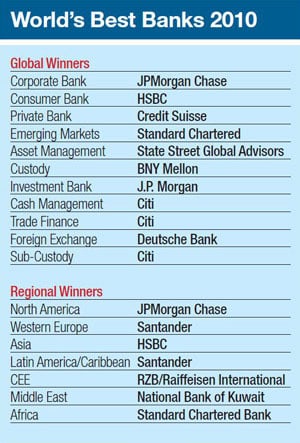
Within this listing of the World’s Best Banks we have included our April 2010 list of the Best Developed Market Banks and our May 2010 list of the Best Emerging Market Banks. We are also announcing for the first time the global winners in several categories and regional best banks in Western Europe and North America.
WORLD’S BEST BANKS 2010
GLOBAL WINNERS
Best Corporate Bank
JPMorgan Chase
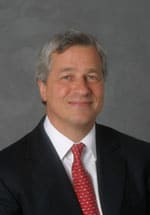
JPMorgan Chase provides many of the world’s most prominent corporations with the global financial services they need. With $2 trillion in assets, the bank operates in 60 countries, and is building up its corporate bank in fast-growing economies, such as China, India and Brazil. It entered the corporate banking market in India this year with a range of products, including working capital and cash management, foreign exchange and hedging products. The bank is also bolstering its corporate banking operations in the UK, Germany and Switzerland. J.P. Morgan, its investment bank, was the top arranger of debt and equity offerings worldwide last year. JPMorgan Chase’s consumer-lending businesses are still feeling the effects of the recession, but charge-offs and delinquencies have declined. The bank’s wholesale businesses reported reduced net charge-offs that led to reductions in loan loss reserves in the second quarter of 2010. During the first half of this year, the bank loaned or raised capital for its clients of nearly $700 billion and its small-business lending was up by 37% from a year earlier.
Jamie Dimon, chairman and CEO
www.jpmorganchase.com
Best Consumer Bank
HSBC
HSBC serves more than 41 million customers from its 8,000 offices in 87 countries. Europe’s biggest bank by market value and number three in the world by assets, HSBC is heavily focused on Asia, a fast-growing region that contributed 58% of the group’s profit in the first half of 2010. The bank’s earnings nearly doubled to $6.8 billion in the six months ended June 30. HSBC is one of the few UK-based banks that did not request a government bailout during the financial crisis. Loan activity is recovering, led by Asia, and nonperforming loans have fallen to the lowest level since the financial crisis began. HSBC’s North American unit swung to a profit in the second quarter of 2010 for the first time in three years, as loan-loss provisions were nearly cut in half. HSBC closed its US consumer finance division to new customers last year and sold some of its assets. Earnings rose 36% in Latin America in the second quarter, but were down 39% in the Middle East.
Michael Geoghegan, chief executive
www.hsbcnet.com
Best Private Bank
Credit Suisse
Credit Suisse entered the credit and financial crises with strong liquidity, which it has maintained and strengthened further. Its Tier 1 capital ratio on June 30, 2010 was 16.3%. Credit Suisse’s private banking division attracted net new assets of $13.6 billion in the second quarter of this year, with continued strong inflows in the international business, particularly in Asia, Russia and the Middle East. Walter Berchtold, CEO of private banking, attributes the bank’s success to its focus on its clients and its ability to deliver the benefits of its expertise in investment banking, private banking and asset management globally. By putting clients first and placing a premium on advice, we have served our clients across the globe well and earned their trust throughout a challenging period, Berchtold says. Credit Suisse hired 600 people in its investment bank in the second quarter, as part of its effort to gain market share. Its investment banking fees rose 41% in the second quarter from the same period a year earlier.
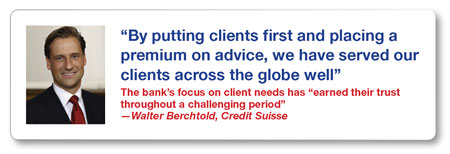
Walter Berchtold, CEO of private banking
www.credit-suisse.com
Best Emerging Markets Bank
Standard Chartered
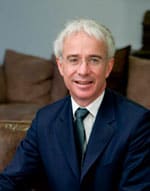
UK-based Standard Chartered derives more than 90% of its income from emerging markets. The bank’s markets are improving across Asia, Africa and the Middle East, and it has no direct exposure to Southern European sovereign debt. Standard Chartered, like HSBC, made it through the financial crisis without having to seek state assistance. Standard Chartered raised about $540 million from a sale of shares in India in May and became the first company to issue Indian depositary receipts. Following its record performance across Africa last year, Standard Chartered once again reported strong income and profit growth in the first half of 2010. The bank’s overall loan-impairment losses declined 60% to $437 million in the first half, compared with $1.1 billion in the same period a year earlier.
Peter Sands, group CEO
www.standardchartered.com
Best Asset Management Bank
State Street Global Advisors
State Street Global Advisors (SSgA), the investment management arm of Boston-based State Street, is one of the world’s largest managers of institutional assets and one of the largest providers of exchange-traded funds, which it invented in 1993. As of June 30, 2010, SSgA had $1.8 trillion in assets under management. The firm employs 450 investment professionals, who operate from 28 worldwide locations, including 10 investment centers. SSgA has a 24-hour global trading capability with trading desks in Boston, London and Hong Kong. The desks can move large volumes of securities through an array of public and private markets, providing significant liquidity and pricing advantages to the firm’s clients. SSgA’s global investment platform provides clients access to every major asset class, capitalization range and investment style.
Scott Powers, president and CEO
www.ssga.com
Best Custody Bank
BNY Mellon
BNY Mellon is the world’s biggest custody bank, with $21.8 trillion in assets under custody and administration and $1 trillion in assets under management. The bank also services $11.6 trillion in outstanding debt and processes global payments averaging $1.5 trillion per day. One of the enduring lessons from the financial crisis is how important financial strength is to our clients around the world, says Robert P. Kelly, chairman and chief executive. We’ve taken that lesson to heart, maintaining a relentless focus on the strength of our credit ratings and balance sheet as we expand our global reach and enhance our product and service offerings. BNY Mellon earlier this year agreed to buy the global investment-servicing business of Pittsburgh-based PNC Financial Services for $2.3 billion, adding hedge fund and mutual fund clients. It also agreed to buy BHF Asset Servicing for $346 million, making it the second largest custody bank in Germany.

Robert P. Kelly, chairman and CEO
www.bnymellon.com
Best Investment Bank
J.P. Morgan
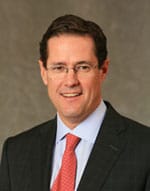
J.P. Morgan ranked number one in global investment banking fees in the first six months of 2010. It also was the leading arranger of debt and equity offerings worldwide last year. With its fortress balance sheet and careful management of risk, the bank grew and remained profitable throughout the financial crisis. The investment bank serves nearly 20,000 clients, a testament to the appeal of its offerings. The bank aims to be the global leader in all of its business lines. Jes Staley was named CEO of investment banking in September 2009. He joined J.P. Morgan in 1979 and has spent his entire career at the bank. In addition to lending money and raising capital, J.P. Morgan provides strategic advice and risk-management services to customers in more than 100 countries.
Jes Staley, CEO of investment banking
www.jpmorgan.com
Best Cash Management Bank
Citi
Citi’s Global Transaction Services (GTS), which includes the Treasury and Trade Solutions (TTS) business line, continued to perform well despite the financial crisis. The bank’s Treasury Vision and Online Investment platform continues to set the standard when it comes to integrating online cash management, investment and Web-based treasury management. Citi TTS serves more than 60,000 customers in more than 100 markets. Our goal is to provide the access, transparency and risk mitigation required to support [clients’] current and future business needs, says Paul Simpson, global head of TTS, Citi GTS. Citi invests approximately $1 billion a year in information technology. Our ongoing investment in technology is key to our ability to deliver innovative solutions to our clients, Simpson says. Our clients are at the center of all we do, and our product-innovation leadership is achieved via strong collaboration with our key clients and partners.
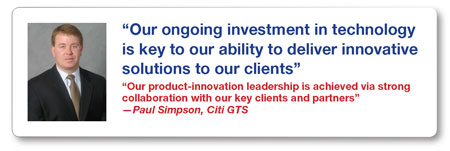
Paul Simpson, global head of TTS, Citi GTS
www.icg.citi.com
Best Trade Finance Bank
Citi
Citi provides more trade financing to clients around the world than any other bank. It has a local presence in trade services in 80 countries as well as an integrated platform globally that enables it to support end-to-end cross-border flows. Citi maintains longstanding relationships with export credit agencies, development institutions and multilateral finance institutions. Citi played a major role in stabilizing trade after the financial crisis, says John Ahearn, managing director and global head of trade. We integrated export and agency financing with classic trade finance, enabling our clients to take care of their capital market needs. Earlier this year, Global Finance named Citi the world’s best supply chain finance provider. Citi has more than 2,000 dedicated professionals working on trade finance, in addition to 1,500 trade relationship and sales staff, serving 15,000 customers who generate more than two million trade transactions a year. Not only is Citi the largest trade finance bank, but it is also the most innovative, Ahearn points out.
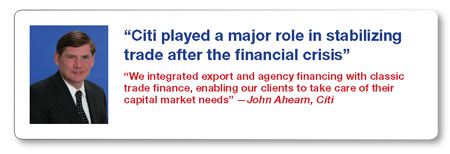
John Ahearn, managing director and global head of trade
www.icg.citi.com
Best Foreign Exchange Bank
Deutsche Bank
Deutsche Bank, Germany’s biggest bank, is the world’s leading provider of foreign exchange services. It continually reviews, updates and enhances every foreign exchange product, strategy and position to ensure that they fit market conditions. There are three main ingredients to our success, says Zar Amrolia, global head of foreign exchange. We have tremendous people who work in foreign exchange who excel at what they do. We also have a [corporate] culture that puts clients first. And, we have made major investments in technology. Deutsche Bank offers more competitive rates on a wider range of FX derivatives than any other bank, and in bigger sizes and longer maturities, Amrolia says. We are a one-stop shop for foreign exchange, he says. Others can compete in e-commerce or in Asia or in the funds or derivatives space, but nobody else can do it all.
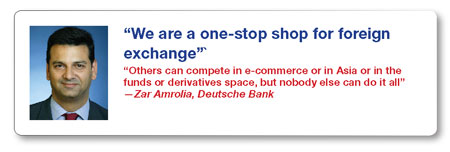
Zar Amrolia, global head of foreign exchange
www.db.com
Best Sub-Custody Bank
Citi
Citi’s Global Transaction Services division has the largest proprietary custody network in the world. Citi is also the world’s largest sub-custodian bank in terms of assets managed. Its client base ranges from asset managers to broker-dealers and global custodians. In addition to its extensive custody and clearing services, Citi offers fund administration, securities financing and agency and trust services. A key element of our sub-custody strategy is not only to extend our footprint to markets that are of strategic focus to our clients, but also to staff those offices with the best-qualified people in local markets around the world, says Lee Waite, global head of direct custody and clearing. In many markets, the trading infrastructure is evolving and conditions are changing. Our people have close relations with securities market regulators, central counterparties and depositories, and they work with them to develop policies, procedures and operational solutions that work well for our clients, Waite says.
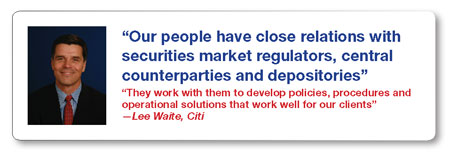
Lee Waite, global head of direct custody and clearing
www.icg.citi.com
WORLD’S BEST BANKS: REGIONAL
REGIONAL WINNERS
Best Bank in North America
JPMorgan Chase
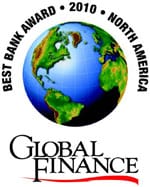 Chief executive officer Jamie Dimon’s deft political touch and business acumen has ensured the bank has remained aloof from the reputational damage afflicting its high-profile rivals while keeping focused on profiting from the recovery. Second-quarter 2010 net income was $4.8 billion, compared with $2.7 billion in the second quarter of 2009—up almost 80%. In announcing second-quarter results, Dimon characteristically chose to focus as much on where JPMorgan Chase can do better as he did on the bank’s achievements. Although we are gratified to see consumer-lending net charge-offs and delinquencies decline, they remain at extremely high levels, and therefore returns in our consumer-lending businesses are still unacceptable, he said. As a result, these businesses did not meet expectations nor generate satisfactory returns on capital for our shareholders.
Chief executive officer Jamie Dimon’s deft political touch and business acumen has ensured the bank has remained aloof from the reputational damage afflicting its high-profile rivals while keeping focused on profiting from the recovery. Second-quarter 2010 net income was $4.8 billion, compared with $2.7 billion in the second quarter of 2009—up almost 80%. In announcing second-quarter results, Dimon characteristically chose to focus as much on where JPMorgan Chase can do better as he did on the bank’s achievements. Although we are gratified to see consumer-lending net charge-offs and delinquencies decline, they remain at extremely high levels, and therefore returns in our consumer-lending businesses are still unacceptable, he said. As a result, these businesses did not meet expectations nor generate satisfactory returns on capital for our shareholders.
With the bank extremely strong—it has a deposit-to-loan ratio of 127% and generated additional capital during the second quarter, giving it a Tier 1 common ratio of 9.6%—JPMorgan Chase is well placed to extend its lead over its rivals. With a need for global regulatory coordination and hundreds of rules to be written, increased focus is critical in order to implement these reforms in a way that protects consumers and the competitiveness of the US financial system, while ensuring the flow of safe and sound credit, said Dimon. As always … we remain committed to the long-term growth of our franchise.
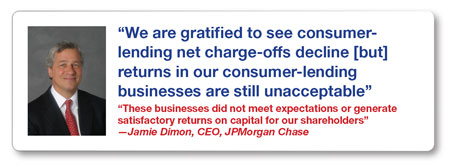
Jamie Dimon, chairman and chief executive officer
www.jpmorganchase.com
Best Bank in Western Europe
Banco Santander
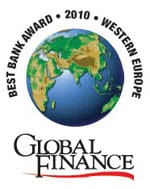 The eurozone’s largest bank played both the financial crisis and the recovery better than any other institution in Europe and has emerged strong—and global—enough to fend off the instability caused by worries over sovereign debt in its Spanish home market. Santander’s first-half results prove the point: While net profit fell 1.6% to €4.4 billion ($5.6 billion), that figure was buoyed by a 35% growth in profit at Santander’s Brazilian bank. Chief executive Alfredo Sáenz believes that Santander’s business mix of mature and emerging markets is crucial to future growth. It makes the bank’s earnings highly recurrent and will provide sources of growth in the next few years, he says.
The eurozone’s largest bank played both the financial crisis and the recovery better than any other institution in Europe and has emerged strong—and global—enough to fend off the instability caused by worries over sovereign debt in its Spanish home market. Santander’s first-half results prove the point: While net profit fell 1.6% to €4.4 billion ($5.6 billion), that figure was buoyed by a 35% growth in profit at Santander’s Brazilian bank. Chief executive Alfredo Sáenz believes that Santander’s business mix of mature and emerging markets is crucial to future growth. It makes the bank’s earnings highly recurrent and will provide sources of growth in the next few years, he says.
However, there is more to Santander than just global diversification, according to Sáenz. Grupo Santander has shown it can generate good results throughout the business cycle, he says. Our business model, based on retail banking and closeness to customers, has gone through the crisis practically unscathed, giving us great confidence for the future.
Santander’s expansion is underpinned by its financial solidity. It has allowed us to continue lending and thus gain market share both in lending and deposits in markets where our competitors are weaker, says Sáenz. Moreover, we are only part of the way through integrating and transforming several of our businesses. On the one hand, we will continue achieving cost synergies in the units that are being integrated, and on the other hand, we are still putting together solid retail franchises.

Alfredo Sáenz Abad, second vice chairman and chief executive officer
www.santander.com
Best Bank In Asia
HSBC
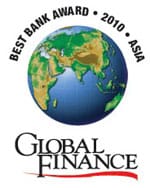 As regional and foreign banks look to Asia to grow their business beyond their domestic markets, competition is heating up in the region. Traditionally a strong provider across 20 or so Asian markets, Hongkong and Shanghai Banking Corporation (HSBC) still has the edge, although this may well change. Last year was a challenging one for most banks, not excluding HSBC, with low net interest margins and a falloff in trade and investment flows. HSBC saw a 7.6% decline in pre-tax profit on 2008 levels, yet it still achieved a respectable HK$62.6 billion ($8.1 billion) in pre-tax profits. A deposit-rich bank, its growth in deposits remained strong at 9.9%. The bank also continued to expand across the region, increasing its shareholding in Bao Viet Holdings and finalizing its acquisition of Bank Ekonomi in Indonesia. HSBC purports to be the leading international bank in Asia’s biggest market, China, where it has 102 outlets, including branches in 22 of China’s biggest cities. It has also played an integral role in the development of China’s renminbi market, including facilitating the use of renminbi in cross-border trade. HSBC opened a new mainland China headquarters in Shanghai earlier this year.
As regional and foreign banks look to Asia to grow their business beyond their domestic markets, competition is heating up in the region. Traditionally a strong provider across 20 or so Asian markets, Hongkong and Shanghai Banking Corporation (HSBC) still has the edge, although this may well change. Last year was a challenging one for most banks, not excluding HSBC, with low net interest margins and a falloff in trade and investment flows. HSBC saw a 7.6% decline in pre-tax profit on 2008 levels, yet it still achieved a respectable HK$62.6 billion ($8.1 billion) in pre-tax profits. A deposit-rich bank, its growth in deposits remained strong at 9.9%. The bank also continued to expand across the region, increasing its shareholding in Bao Viet Holdings and finalizing its acquisition of Bank Ekonomi in Indonesia. HSBC purports to be the leading international bank in Asia’s biggest market, China, where it has 102 outlets, including branches in 22 of China’s biggest cities. It has also played an integral role in the development of China’s renminbi market, including facilitating the use of renminbi in cross-border trade. HSBC opened a new mainland China headquarters in Shanghai earlier this year.
Michael Geoghegan, CEO
www.hsbc.com
Best Bank in Latin America
Banco Santander
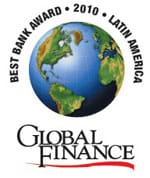 Brazil continues to shine as the jewel in Santander’s crown, helping the Spanish bank consolidate its position as Latin America’s premier financial group. Santander Brasil set a benchmark in 2009, when it raised $8 billion on the São Paulo and New York stock exchanges. The transaction marked the largest-ever equity deal for a Brazilian corporate and the world’s largest IPO of the year. In the wake of the merger between Santander Brasil and Banco Real, completed last year, Santander plans to open 613 new branches in Brazil through 2013. In 2009 the bank sold Banco de Venezuela to the Venezuelan government for $1.05 billion. Latin America contributed 36% of Santander’s 2009 profits, with Brazil accounting for 20% of the total. Attributable profit in Latin America rose 11%, to $5.33 billion. The bank’s efficiency ratio in the region improved 6.6 points, to 37.3%. The performance of the leading Latin American economies during this period of global recession confirms the fundamental progress made by the region in recent years, the result of judicious policy choices, says Santander chairman Emilio Botín. Brazil, in particular, has confirmed its position as one of the heavyweights of the world economy, and it will continue to be one of our major assets in the coming years.
Brazil continues to shine as the jewel in Santander’s crown, helping the Spanish bank consolidate its position as Latin America’s premier financial group. Santander Brasil set a benchmark in 2009, when it raised $8 billion on the São Paulo and New York stock exchanges. The transaction marked the largest-ever equity deal for a Brazilian corporate and the world’s largest IPO of the year. In the wake of the merger between Santander Brasil and Banco Real, completed last year, Santander plans to open 613 new branches in Brazil through 2013. In 2009 the bank sold Banco de Venezuela to the Venezuelan government for $1.05 billion. Latin America contributed 36% of Santander’s 2009 profits, with Brazil accounting for 20% of the total. Attributable profit in Latin America rose 11%, to $5.33 billion. The bank’s efficiency ratio in the region improved 6.6 points, to 37.3%. The performance of the leading Latin American economies during this period of global recession confirms the fundamental progress made by the region in recent years, the result of judicious policy choices, says Santander chairman Emilio Botín. Brazil, in particular, has confirmed its position as one of the heavyweights of the world economy, and it will continue to be one of our major assets in the coming years.
Emilio Botín, chairman
www.santander.com
Best Bank in Central & Eastern Europe
RZB/Raiffeisen International
 Austria-based RZB/Raiffeisen International bagged the regional award for the fourth year in a row after managing to turn in a creditable performance despite atrocious market conditions. With a 1.7% increase in GDP, Poland was the only country in Central and Eastern Europe to post economic growth in 2009. The subsequent impact on companies and borrowers prodded Raiffeisen International to boost its loan loss provisions by 123%, to $2.35 billion last year. Yet its consolidated profits (after tax and minority interests) tallied nearly $296 million in 2009, while its balance sheet total was nearly $110 billion for the year.
Austria-based RZB/Raiffeisen International bagged the regional award for the fourth year in a row after managing to turn in a creditable performance despite atrocious market conditions. With a 1.7% increase in GDP, Poland was the only country in Central and Eastern Europe to post economic growth in 2009. The subsequent impact on companies and borrowers prodded Raiffeisen International to boost its loan loss provisions by 123%, to $2.35 billion last year. Yet its consolidated profits (after tax and minority interests) tallied nearly $296 million in 2009, while its balance sheet total was nearly $110 billion for the year.
The fact that Raiffeisen International managed to clearly beat the analysts’ consensus by posting a net profit of €212 million for the exceptionally challenging year 2009 underlines the sustainability of our business model, says Herbert Stepic, chief executive officer of Raiffeisen International and deputy €212 million chairman of RZB. Raiffeisen International also made use of this challenging year to undertake a broad number of internal organizational adjustments and changes.
Raiffeisen International managed to clearly beat the analysts’ consensus by posting a net profit of €212 million. Raiffeisen International also made use of this challenging year to undertake a broad number of internal organizational adjustments and changes.
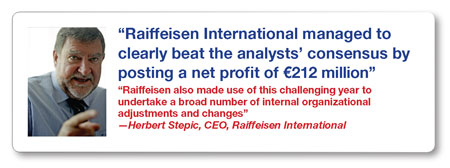
Herbert Stepic, chief executive officer
www.ri.co.at
Best Bank in the Middle East
National Bank of Kuwait
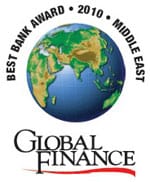 National Bank of Kuwait, the leading bank in Kuwait and the highest-rated bank in the Middle East, earned $925 million last year, an increase of 4% from a year earlier, despite challenging local and regional economic conditions and financial markets. Global Finance has ranked NBK the safest bank in the Middle East in both 2009 and 2010.
National Bank of Kuwait, the leading bank in Kuwait and the highest-rated bank in the Middle East, earned $925 million last year, an increase of 4% from a year earlier, despite challenging local and regional economic conditions and financial markets. Global Finance has ranked NBK the safest bank in the Middle East in both 2009 and 2010.
NBK’s conservative strategy and disciplined approach to risk management enabled it to maintain and even improve its high asset quality throughout the financial crisis. The bank also benefited from a growing contribution to earnings from its operations outside Kuwait, most notably in Egypt, Qatar and Turkey. It operates in 17 countries, including 10 in the Middle East.
Although the impact of the global financial crisis was relatively limited on the banking sector in the Middle East, its implications changed the dynamics of the industry, says Ibrahim Dabdoub, group CEO of NBK. Most importantly, we will start seeing more differentiation in the performance of well-managed versus poorly managed banks.
One of the main lessons of the crisis is for banks to go back to basics and stick to their core business activities, according to Dabdoub. This is what we have done all along, he says. In terms of the banking sector in the region at large, like everywhere else, credit growth was excessive before the crisis broke out. But thanks to a strong financial base and government support, banks will be able to absorb the deterioration in asset quality, Dabdoub says.
NBK enhanced its leading domestic franchise last year by raising its stake to 40% in Boubyan Bank, a Kuwait-based Islamic financial institution. It recently received approval to increase that holding to 60%. In addition to its 70 branches in Kuwait, NBK has a growing regional and international network.
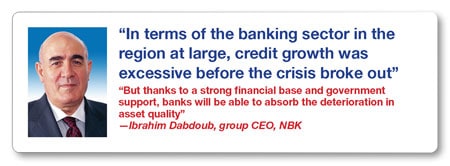
Ibrahim S. Dabdoub, group CEO
www.nbk.com
Best Bank in Africa
Standard Chartered Bank
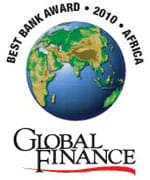 Standard Chartered Bank’s earnings from its African operations rose 54% last year to $482 million. The London-based emerging markets bank receives 90% of its income and profits from Asia, Africa and the Middle East. The bank’s overall earnings rose 13% in 2009 to a seventh consecutive record of $5.15 billion.
Standard Chartered Bank’s earnings from its African operations rose 54% last year to $482 million. The London-based emerging markets bank receives 90% of its income and profits from Asia, Africa and the Middle East. The bank’s overall earnings rose 13% in 2009 to a seventh consecutive record of $5.15 billion.
We have had a presence in Africa for 147 years, says V. Shankar, CEO for the Middle East, Africa, the Americas and Europe at Standard Chartered Bank. Standard Chartered is a highly respected, well-established ‘household name,’ combining deep-rooted local knowledge and experience with international expertise and capabilities. Whether this is through facilitating trade flows between Africa and Asia, financing major infrastructure projects or agri-financing deals, Africa is very much core to our business activities and strategy, Shankar says.
Standard Chartered used its strong liquidity and capital position to continue building its market share throughout the difficult global economic conditions of the past few years. It significantly increased lending and trade support for its clients at a time when many other banks were cutting back. Standard Chartered also kept a tight control on costs and risks. Its loan impairments showed a significant reduction in the second half of 2009. The bank continues to introduce new products and technology.
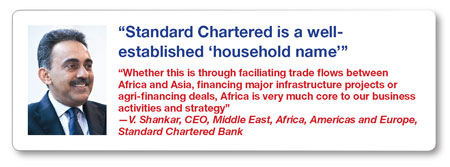
V. Shankar, CEO for the Middle East, Africa, the Americas and Europe
www.standardchartered.com
Local Powerhouses In Worldwide Banking Markets
COUNTRY WINNERS
